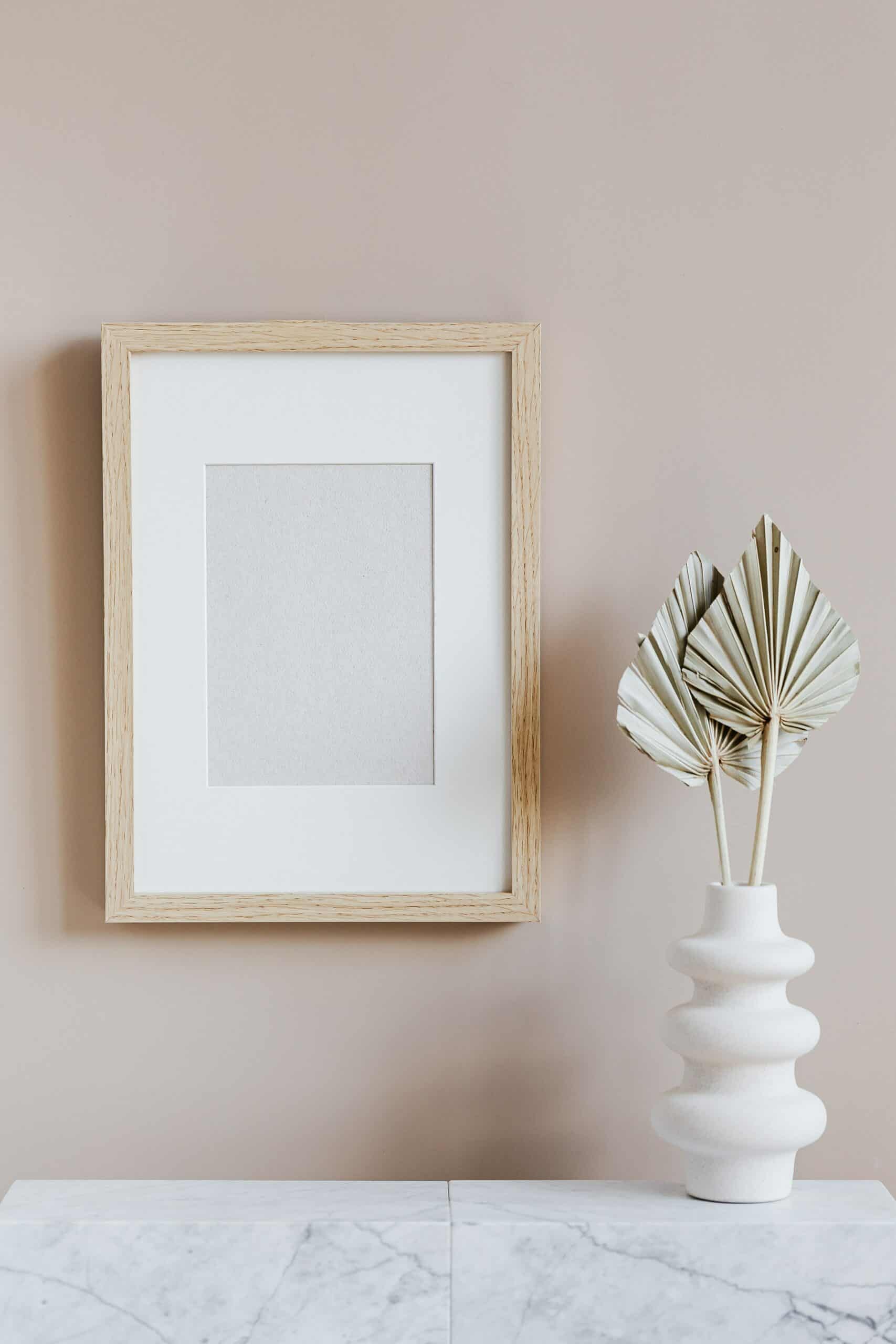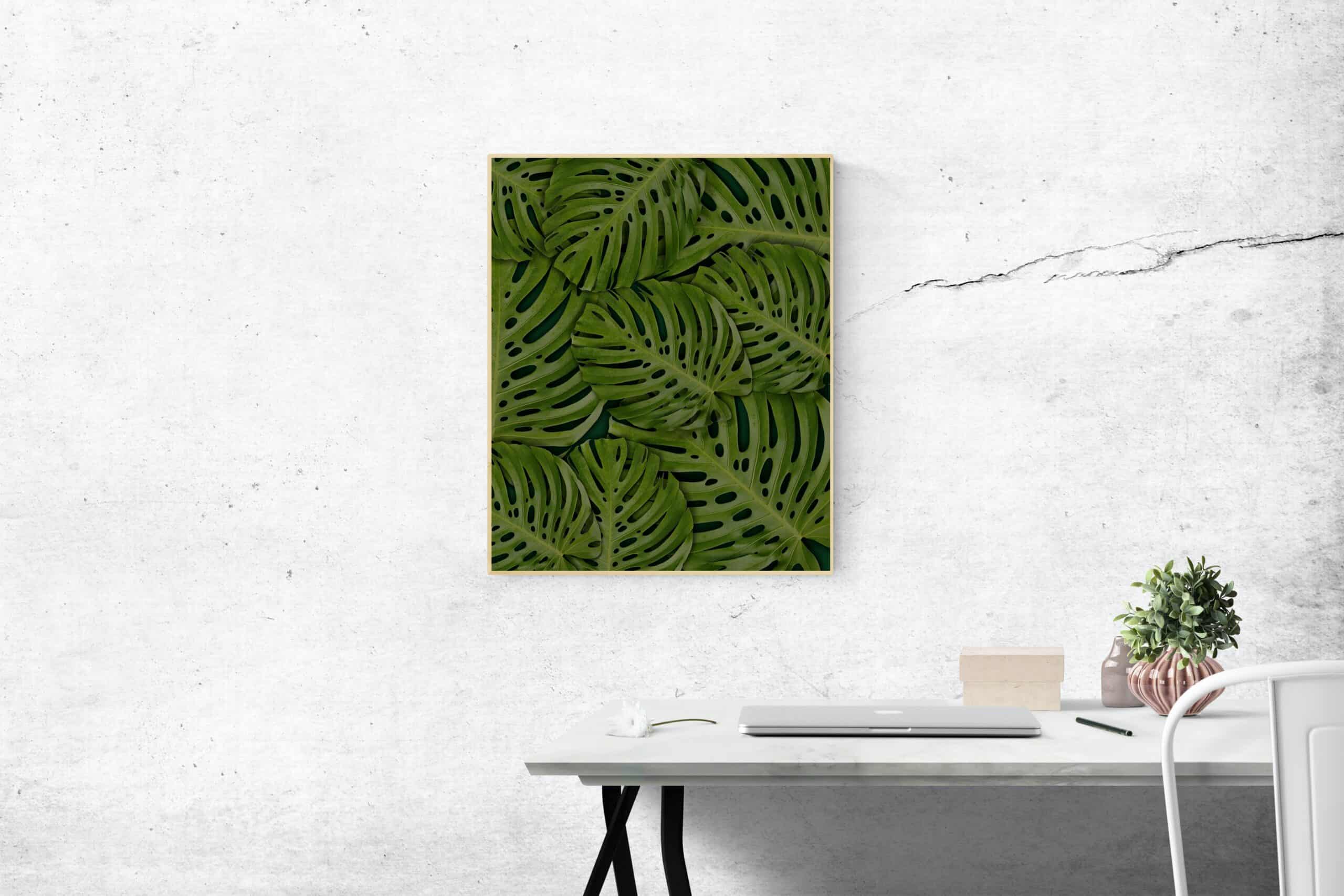How To Frame An Oil Painting
Are you looking to frame your oil painting? You’ve come to the right place! As an experienced art framing expert, I can help guide you through the process of finding and creating the perfect frame for your beloved artwork. Framing a piece of art is not only about protecting it; it also provides a unique opportunity to enhance its beauty and bring out certain features that may have gone unnoticed before. It's important to take into account both aesthetic considerations as well as practical ones when selecting a frame. In this article, I'll explain how to choose the best materials, consider the size of your artwork and pick the most suitable style for your masterpiece. Read on for my top tips on successfully framing an oil painting.
Choosing The Right Supplies
Framing an oil painting is no small task, but with the right supplies, it can be a relatively straightforward process. Did you know that in 2019 nearly $2 billion worth of art was sold? That’s a lot of frames to prepare! To get started on framing your painting, the most important thing is to choose the right materials.
Start by selecting a frame that compliments and enhances the artwork. Wood or metal frames are both good options for paintings – select one that has clean lines and brings out the best features of the painting. Make sure to measure carefully so you don’t end up with too large or too small of a frame.
Next, decide on what type of glass should cover the painting. Consider using museum-quality glass which will reduce reflections and keep your artwork safe from UV rays over time. When shopping for mounting hardware, look for acid-free materials like foam core backing boards and archival tape – these will help protect against degradation caused by long-term exposure to light and dust particles in the air.
Now that we've selected our supplies, let's move on to preparing the canvas before mounting it into its frame.

Preparing The Canvas
Preparing the canvas for framing is an essential step. It's important to take care when handling your painting and ensure that it will fit snuggly into the frame. Here are some tips to get you started:
- Gently remove any dust from the surface of the painting using a soft brush or vacuum cleaner with a brush attachment.
- Inspect the back of the canvas to check for signs of damage such as scratches, tears, or mold. If present, these should be repaired before proceeding.
- Carefully measure the dimensions of your canvas and use this information to select a frame with corresponding measurements.
Double-check that all edges of the canvas are tightly secured within their stretcher bars and there are no gaps between them and the sides of the frame.
Once everything is ready, you can start creating your backing board! To begin, gather together all necessary materials including cardboard, foam core, archival tape, and glue.
Creating A Backing Board
Creating a backing board is an essential part of framing an oil painting. It's the foundation on which all else rests. Imagine it like building a house - you need to create a strong base before anything else can be built upon it.
First, measure and cut your wooden frame in whatever shape fits your canvas best. A miter box or jigsaw will help make sure that you get accurate cuts for each side of the frame. Then sand down any rough edges and secure the four sides together with glue and nails, creating a sturdy structure around the perimeter of your canvas.
Next, using foam core board, cut out one piece slightly larger than your frame - this will provide extra support for your artwork when hanging it up later on. Glue this piece onto the backside of your wooden frame, completely covering both surfaces so that there are no gaps left exposed between the wood and foam core board. This ensures stability and protection against warping over time due to temperature changes or humidity levels in the environment. Now you have created a stable base for securing your canvas too!

Securing The Canvas To The Board
Now that you’ve created a backing board, it's time to secure the canvas. This step is important as it will help keep your artwork safe and secure while also making sure that your painting looks professional when hung.
First, carefully place the canvas onto the backing board with its face up. Make sure there are no wrinkles in the canvas before securing it down; if necessary, use an iron on low heat setting to remove any creases or folds. After smoothing out the canvas, use a staple gun to attach all four edges of the canvas to the back of the board.
To ensure even stapling along each edge, start from one corner and work around until all four sides are attached securely. Be careful not to staple too close to the edge of the frame as this can cause damage over time.
Once all four sides have been secured, add some glue along each side for extra strength and stability. Allow 24 hours for everything to dry completely before moving on to selecting and attaching molding for your oil painting.
Selecting And Attaching Molding
Now that you have selected your painting, it’s time to choose the perfect frame for it. To ensure that your painting looks its best, there are a few things to consider before making a purchase.
Aesthetics | quality |
|---|---|
Color & design | Durability |
Material type | Price range |
Size & shape | Weight capacity |
Finish | Sturdiness/rigidity |
When selecting molding, start by considering aesthetics first. What color and design will look good with your painting? Are you looking for something traditional or more modern? Then take into account the material of the molding – wood is strong yet lightweight whereas metal can be heavier but also quite durable. Additionally, think about size and shape when choosing a frame as this will determine how much of an impact the framing has on the overall appearance of the artwork. Finally, pay attention to the finish; glossier finishes tend to bring out brighter colors in the artwork while mattes provide subtlety and contrast.
Once you’ve made your selection, attach the molding onto your canvas using either staples or glue depending on what works best for your project. Make sure all four corners are firmly secured and even then double check again! After that's taken care of, pat yourself on the back - you've successfully framed an oil painting! Now let's move on to finishing and displaying...

Finishing And Displaying
Now that you've finished the framing process, it's time to display your artwork. But don't worry - this is one of the easier steps! First, let me address a common misconception: that hanging an oil painting has to be complicated. Not true. All you need are some basic tools and supplies, like
- Hammer & nails
- Picture hangers
- Wall anchors
- Leveler tool
- Wire/d-rings for uneven surfaces or heavier frames
- A wire cutter
- Hooks, and screws
With these items in hand, you can easily hang your framed art with confidence. And if you're concerned about leveling the frame once hung? That's where the leveler comes in handy; use it to make sure the frame is perfectly even on all sides.
You'll have a beautiful piece of art displayed proudly in no time at all! Now go show off your work - your friends will be impressed by your skillful framing job!
Conclusion
Framing an oil painting is not only a way to protect your artwork, but it’s also the perfect opportunity for you to display your masterpiece in style. It can be daunting at first, but with a few simple steps and some quality supplies, you too can become an expert framer!
By taking care of the small details such as preparing the canvas, securing it to the backing board, selecting molding, and attaching it securely – these are all key elements that will ensure your framed artwork looks professional. With just one touch of finishing elegance, you'll have created something truly unique and beautiful - like a work of art itself!
So give yourself a pat on the back; framing an oil painting isn't as hard as you may think. You now have everything you need to get started: knowledge, supplies, and creativity - let's see what kind of masterpieces we can create together!






